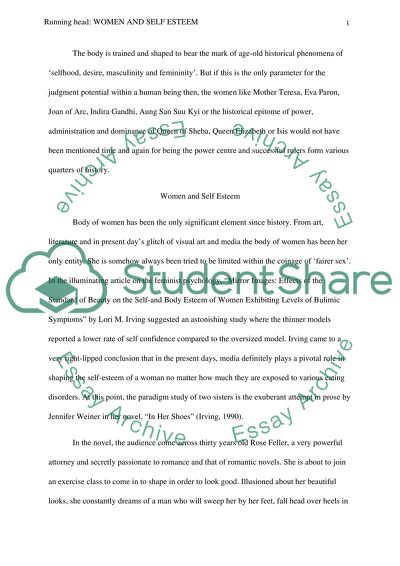Cite this document
(“Women and Self Esteem Research Paper Example | Topics and Well Written Essays - 1500 words”, n.d.)
Retrieved from https://studentshare.org/psychology/1445014-women-and-self-esteem
Retrieved from https://studentshare.org/psychology/1445014-women-and-self-esteem
(Women and Self Esteem Research Paper Example | Topics and Well Written Essays - 1500 Words)
https://studentshare.org/psychology/1445014-women-and-self-esteem.
https://studentshare.org/psychology/1445014-women-and-self-esteem.
“Women and Self Esteem Research Paper Example | Topics and Well Written Essays - 1500 Words”, n.d. https://studentshare.org/psychology/1445014-women-and-self-esteem.


